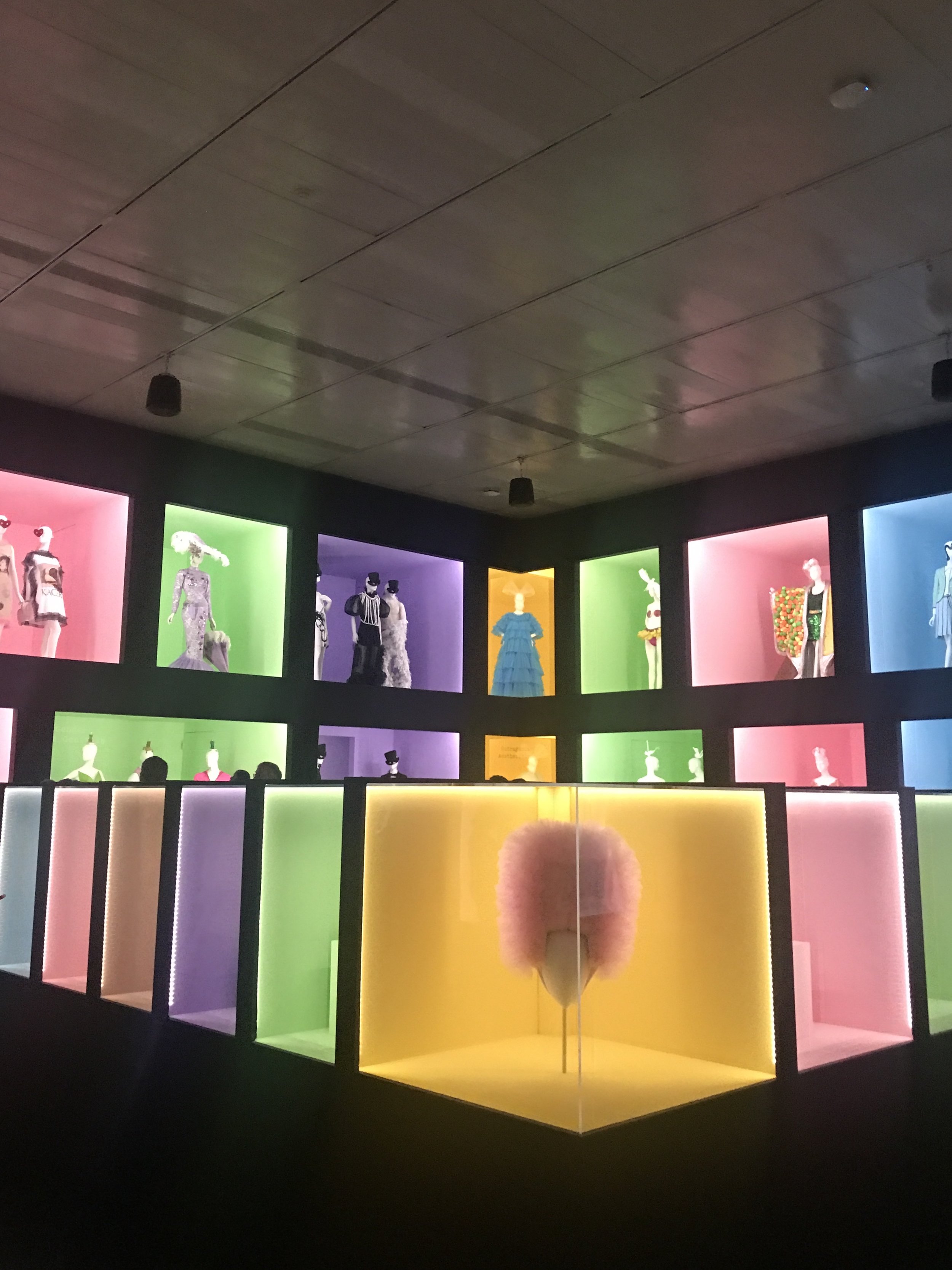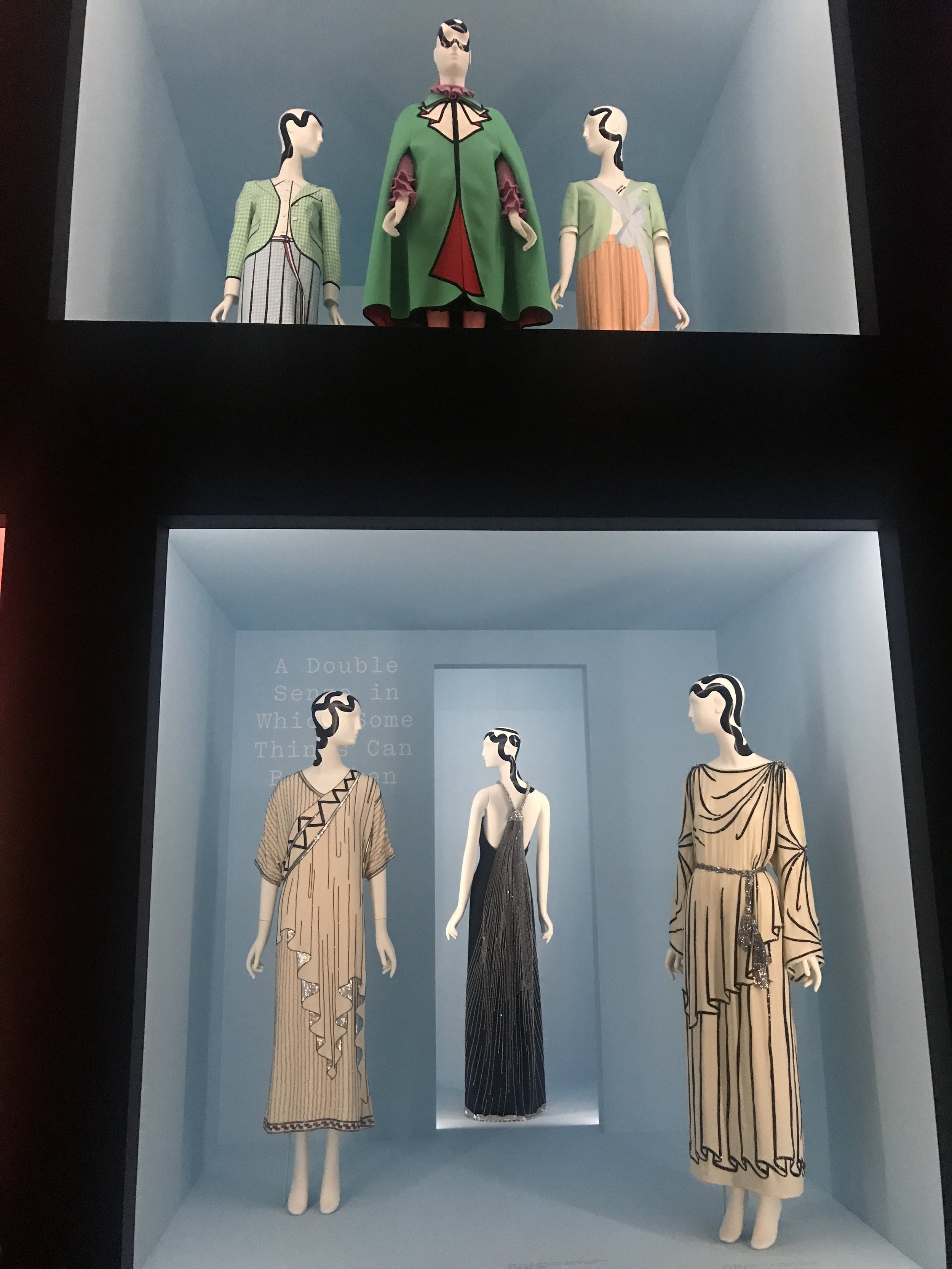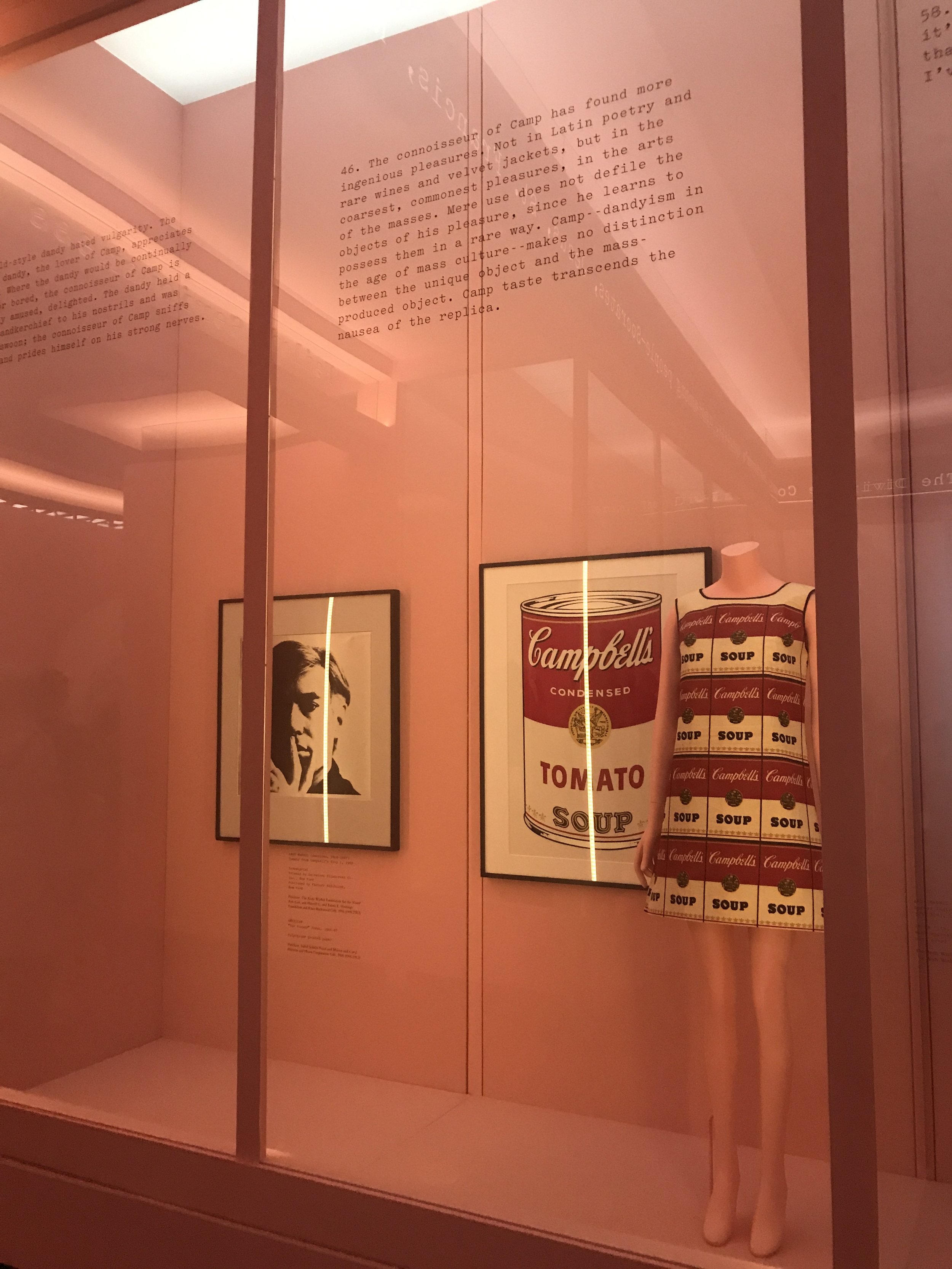New York’s most famous art museum, the Metropolitan Museum of Art, is currently featuring a groundbreaking exhibition called “Fictions of Emancipation: Carpeaux Recast.” The exhibition is centered around a single sculpture – a marble bust by Jean-Baptiste Carpeaux entitled Why Born Enslaved! (1868). The bust, featuring a Black woman with tied arms and a defiant expression, became very popular in Europe when it was created. The Met’s exhibition explores the idea that antislavery imagery often reinforced the colonial power structures that they were meant to critique. It is “the first exhibition at the Met to examine Western sculpture in relation to the histories of transatlantic slavery, colonialism, and empire.” The exhibition is thoughtfully and expertly curated to challenge “institutional narratives… bringing race to the forefront of discussions about art and culture.”
At The Met – Fictions of Emancipation: Carpeaux Recast
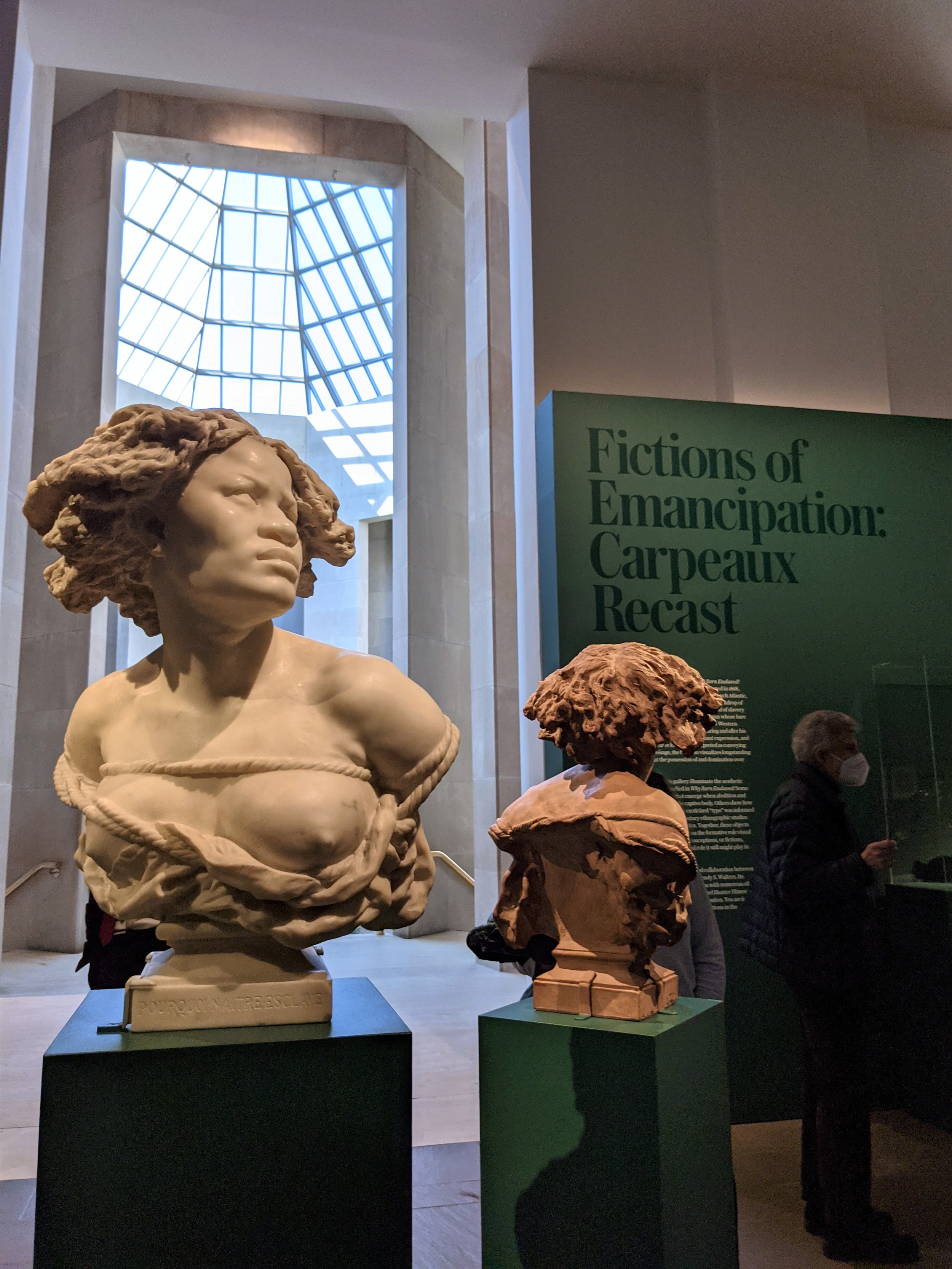
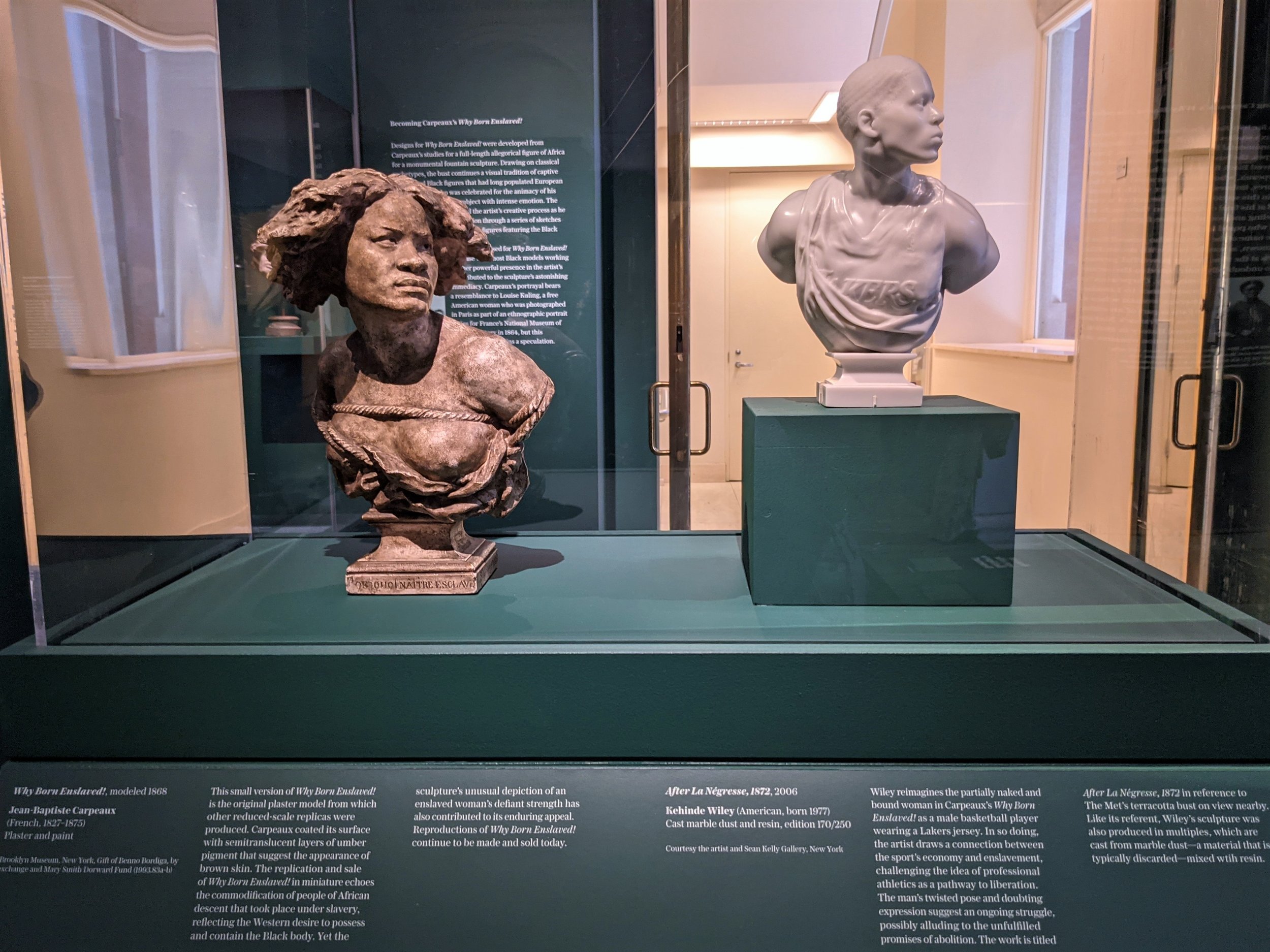
"Camp: Notes on Fashion" at The Met
Susan Sontag, author of the iconic 1964 essay “Notes on ‘Camp’”, stated, “To talk about Camp … is to betray it.” The Metropolitan Museum of Art’s exhibition “Camp: Notes on Fashion” explores the elusive camp aesthetic of deliberate stylization and extravagance in fashion. The exhibition, heavily influenced by Sontag, traces back to the origins of the camp aesthetic to 17th century France. Through more than 250 pieces, the exhibition showcases camp’s manifestations throughout history and the present, and how it continues to challenge established notions of taste, sexuality, and race.
“Camp: Notes on Fashion” is sponsored by Gucci with support from Condé Nast, and will be on display through September 8, 2019.
David Hockney at the Met
Joseph gazing longingly at the southern California pool in A Bigger Splash by David Hockney.
Coinciding perfectly with wintertime, the Metropolitan Museum is hosting a major retrospective of the famed British artist David Hockney. The exhibition presents iconic works (including the one above) and key moments of his career from 1960 to the present in a wide range of media including painting, drawing, photography, and digital media. Hockney first visited Los Angeles in 1963, and moved there permanently in 1976, drawn to the relaxed pace of life. He said that "the climate is sunny, the people are less tense than in New York...When I arrived I had no idea if there was any kind of artistic life there and that was the least of my worries." Drawn to California's many outdoor pools, A Bigger Splash was painted between April and June 1967 during the period that Hockney taught at the University of California at Berkeley. The exhibit closes February 25, so get there soon. You'll need a nice memory of a sunny Southern California pool to get you through this winter, trust me.


